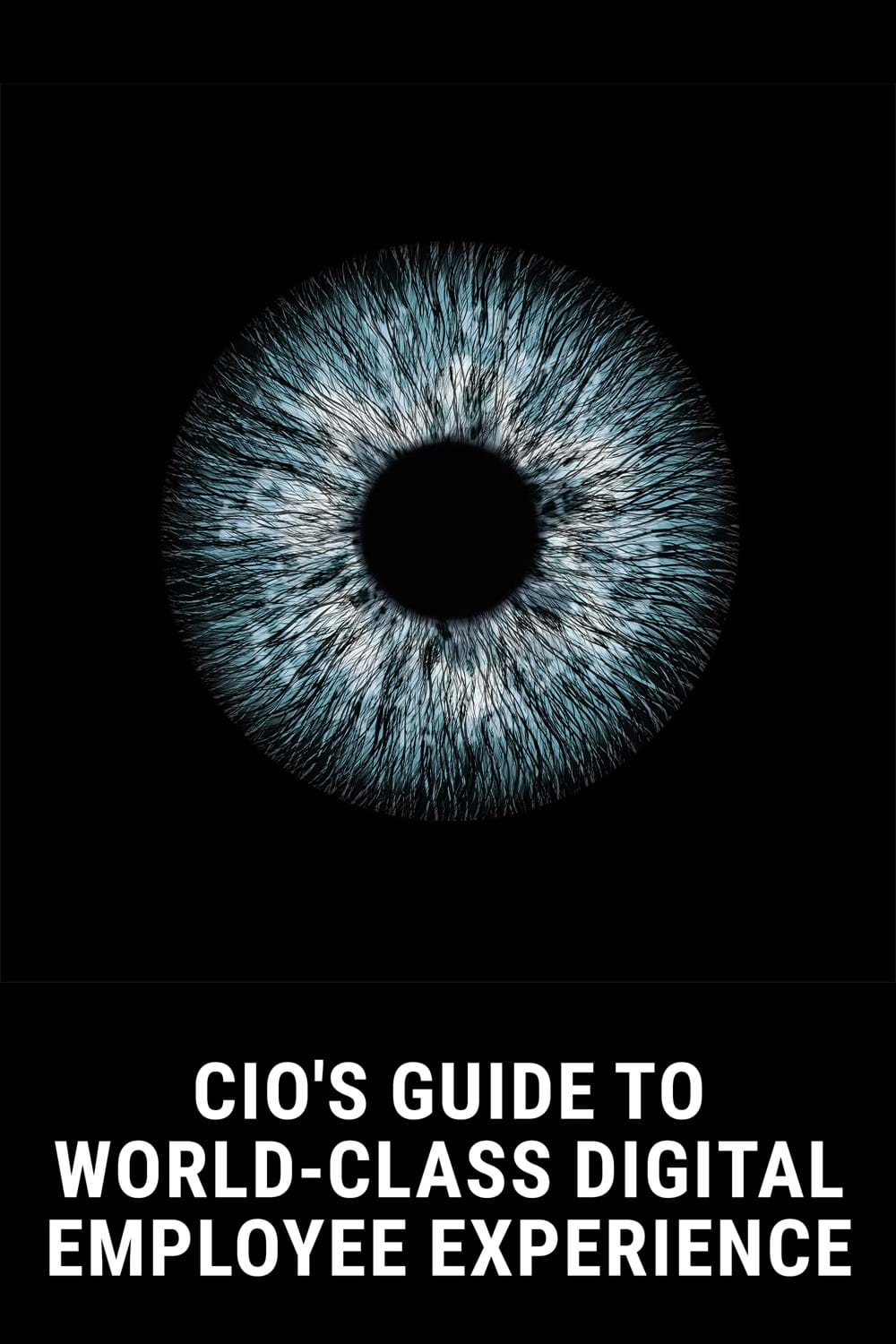Given all the benefits associated with a good employee experience, it’s understandable that the concept has risen to the top of many leaders’ priority list. While seeing the value in employee experience is a step in the right direction, what can you do to secure your status as an experiential enterprise? There are several things leaders can take to enhance employee experience, including:
Start off strong with onboarding
Your employees’ first few weeks on the job will shape how they perceive your organization. All too often, onboarding ends up leaving new joiners feeling overwhelmed and confused instead of empowered. In fact, just 12% of employees believe their organization excels at onboarding. In the work from home era, your onboarding needs to be digitally-driven and employee-led. Take advantage of pre-boarding to set your employees up for success long before their first day on the job, and ask your workforce for feedback throughout their journey with your company.
Make sure every voice is heard
Instead of making assumptions about what your employees might be looking for, go ahead and ask them. Employees who feel heard at work are 4.6x more likely to perform to the best of their abilities. In addition to encouraging your workforce to achieve their greatest potential, gathering employee feedback will help you ensure that your engagement strategy truly delivers.
Level up your digital infrastructure
If your workplace technology isn’t up to par, it will be impossible to cultivate a compelling employee experience. In the digital age, your employees expect next-generation technology that will streamline their workflows and serve as the launchpad for cross-functional collaboration. Unfortunately, only 38% of employees are currently satisfied with their workplace tools and technology.
Unite under a shared mission
Don’t overlook the power of purpose. Employees value meaningful work so much that 9 out of 10 of them would be willing to take a pay cut to do something more impactful. Give employees that sense of fulfillment that everyone is looking for by launching corporate giveback schemes and volunteer initiatives that relate back to your organization’s missions and values.
Carve out L&D opportunities
Even your most senior executives are hoping to learn something new and expand their skillsets. Giving your workforce the training resources and support needed to further their development is a sure-fire way to set your organization apart as an experiential enterprise. Only 30% of employees are currently satisfied with their employer’s existing opportunities for learning and development.
Make workplace wellness a priority
As workplaces across the globe adapted to the changes brought on by the COVID-19 pandemic, employee wellbeing stepped into the spotlight. Suddenly, every leader felt compelled to ensure their workforces were protected and equipped with the tools and support resources needed to thrive in the face of uncertainty. With wellbeing now solidified as an enterprise-wide priority, it’s time to make sure your resources are up to the task. 86% of employees believe that their companies should actively cultivate cultures that support mental health and wellness.
There has been a lot of buzz about employee experience lately. Some of the top insights from business leaders and workplace experts include:
"When people are financially invested, they want a return. When people are emotionally invested, they want to contribute."
"Bonuses don't really motivate workers. Once they reach a certain baseline salary, money is no longer the main driver. They need something more. Reams have been written about the Millennial generation's hunger for impact and meaning at work. In one way, I think Millennials (and Generation Z) are not so different from the rest of us. They just voice the desires the rest of us have learned to keep quiet."
"We can’t predict where the [2020] economy is going to go. I do know that it's going to be tumultuous, difficult, and uncertain. In this environment, remember one thing: if you take care of your employees, they will take care of you."
"The prevailing factor to drive employee engagement, and therefore create exceptional employee experiences, can be summed up in one word: impact."
